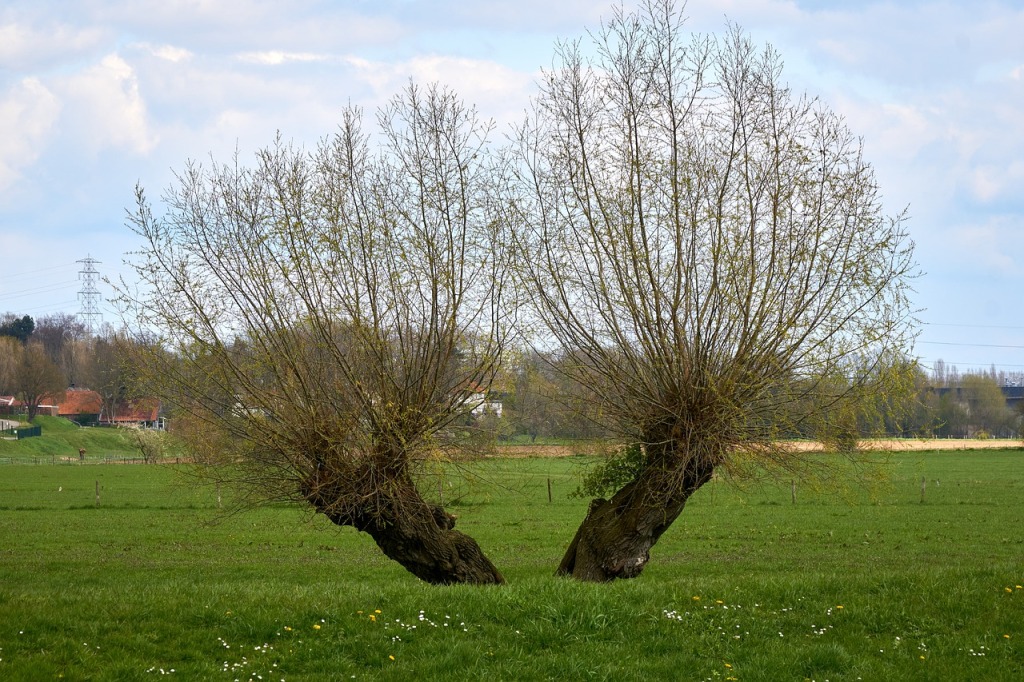16th April 2022

The myrrh tree – commiphora myrrha – a native to the lands around the Arabian Sea, is a small tree growing to about 3m. It is grown for its resinous sap. When the tree is damaged its resin bleeds through the bark and quickly coagulates as gum. This hardens into a glossy, granular material. Myrrh has antiseptic properties – it can be found in toothpaste – as well as analgesic properties and is used in liniments for sprains and bruises, as incense and as an anointing oil. It has been used for these medicinal purposes by ancient cultures and features in the Hebrew Scriptures. In the New Testament myrrh is one of the gifts brought by the Magi, and is one of the spices used to prepare Jesus’s body for burial. Hymns often reference myrrh as a symbol of death, overlooking its healing properties.
Holy Saturday, the last day of Lent, marks the day when Jesus’s body lay in the tomb, awaiting the day of Resurrection.
We must let go of the life we planned, so as to accept the one that is waiting for us. Joseph Campbell
Waiting on God requires the willingness to bear uncertainty, to carry within oneself the unanswered question, lifting the heart to God about or whenever it intrudes upon one’s thoughts. Elizabeth Elliot
Wait for the Lord; be strong and let your heart take courage; yes, wait for the Lord. Psalm 27:14









